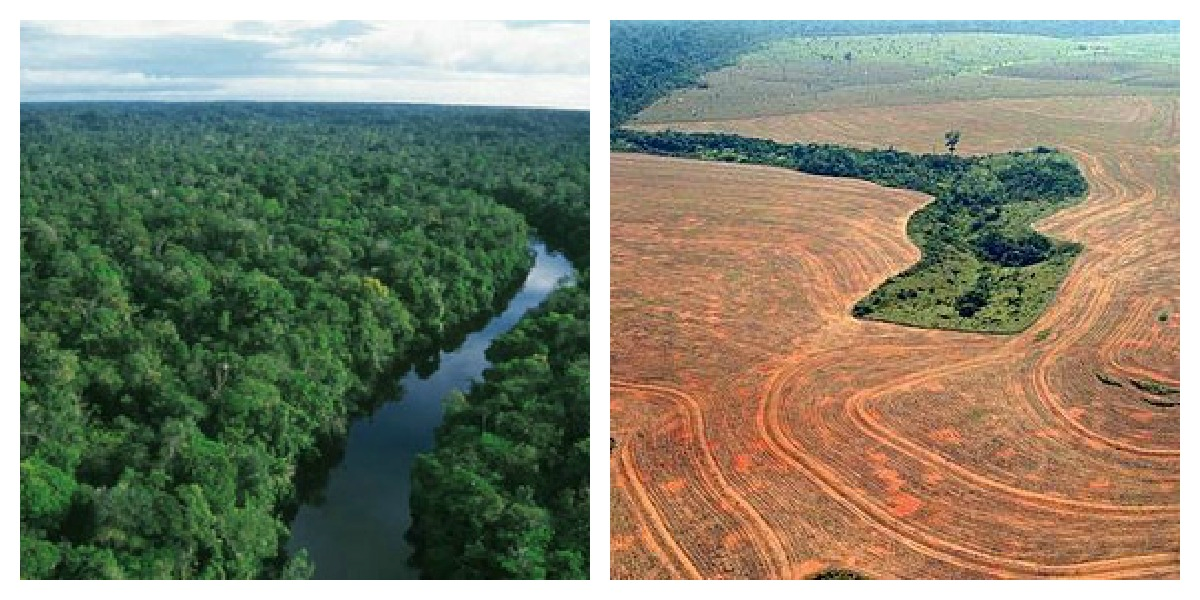Here is a guideline for how to approach visual material produced by your team or externally.
Internal Material
The first step is to check your DALP with your team, to avoid misunderstandings concerning photos or videos: Date, Action, Location, and People.
- Date: When was the photo taken? (Maybe even time of day)
- Action: What exactly happened in the photograph?
- Location: Where was this photo taken? (As precise as possible)
- People: Who is in the photo [first and second name + work (if appropriate)]
External Material
Sometimes external material is required or essential to complete a cross-border project. In order to use it, another layer has to be added: Verification. Here, this process is referred to as the DAALPP (aka DALP+) method:
- Date: When was the photo taken? (Maybe even time of the day)
- Author: Who took the photograph (as many details as possible)
- Action: What exactly happened in the photograph?
- Location: Where was this photo taken? (As precise as possible)
- People: Who is in the photo [first and second name + work (if appropriate)]
- Permission: Do I have written permission to publish this photograph?
Photograph
Some photographs you come across on social media or online may have been altered. In order to verify whether they are fake, you can use visual fact-checking tools and run cropped frames of the photograph through a reverse search.
Tools:
- https://tineye.com and https://images.google.com are good starting points to reverse image search
- https://fotoforensics.com/ or https://findexif.com are good to generate an EXIF report.
- https://imgops.com has several verification services linked to the page. Just link or upload the photograph and it will be processed through a multiplicity of tools.
Things to consider:
- The larger the pixel size, the larger the chance that the photograph is original.
- Cross reference other details in the photograph (number plates, weather, landmarks, clothing, etc.)
Best Practice Example:
Whenever you have “before” and “after” images,, use a tool to crop parts of each image and save the cropped image separately. Then do a reverse image search to find out if that is really the same location, and if the photos were published on plausible dates.

The above images of the Amazon are often used to make “before” and “after” comparisons, even though they are hardly comparable (there isn’t even a river in the “after” photo).
Video
The verification process of videos is slightly more difficult, but there are easy steps to start with. Again, use the DALP+ method to make sure you gathered all the information available.
Often, the thumbnail of the video is used in different versions around the internet. Screenshot the thumbnail and use the reverse image search to find other versions of the video.
Apart from that, looking at the weather and the position of the sun/shadows can be very helpful. https://www.wolframalpha.com is an excellent search engine that helps you check the weather in particular places on particular dates. This information can also be cross-referenced with other platforms.
Conclusion:
- Whenever you don’t know where to start, gathering as much information as possible using the DALP (DALP+) method is a good first step.
- If it takes longer than three days to gather all the information, judge if the photograph is worth it, otherwise drop it.
- More in depth research methods can be found on http://verificationhandbook.com/downloads/verification.handbook.pdf
